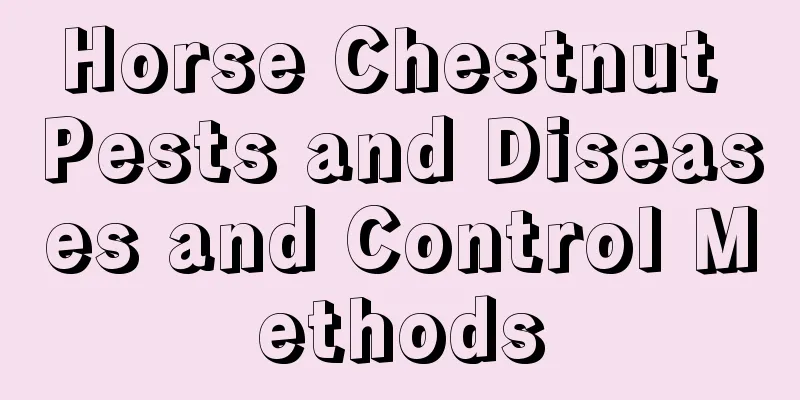When is the best time to plant hyacinths?

|
Hyacinth is one of the famous bulbous flowers that blooms in early spring. It likes sunshine and is cold-resistant. It is suitable for growing in a cool and humid environment and loose, fertile sandy soil, and avoids waterlogging. Let’s learn together the planting time and method of hyacinth. When is the best time to plant hyacinths? The best time to plant hyacinths is in autumn, specifically between September and October. How to grow hyacinth? 1. Soil culture of hyacinth Choosing bulbs: Select healthy bulbs and make sure they are free of pests and diseases. Disinfection: The purchased bulbs need to be disinfected with carbendazim first, and then dried before planting to prevent rotting. Soil preparation: Use a loose, well-drained culture soil, such as a mixture of peat and perlite . Planting: Plant the bulbs in the soil, with the top 1/3 of the bulbs exposed to the soil to facilitate the growth of the bulb roots. Light and temperature: Hyacinths need plenty of sunlight, and the temperature required for flowering is 5-10℃. Insufficient light or long-term dryness in winter will lead to poor flowering. Water: Keep the soil moist and avoid overwatering that causes waterlogging. Fertilization: Fertilize in time during the growth period, and apply phosphorus and potassium fertilizers appropriately before and after flowering. 2. Hydroponic hyacinth Choose a container: Use a glass container so you can observe the root system and water quality. In the early stages of hydroponics: Use black cloth or plastic bags to cover the container, as the roots grow best in a dark environment. Water level: There should be 1-2 cm space between the water surface and the bulb to avoid water submerging the bottom of the bulb. Temperature: The water temperature should not be too high. The most suitable rooting temperature is around 9°C. Light: The bulbs should not be exposed to direct sunlight before germination. After germination, move them to a place with sufficient scattered light. Water change: Keep the water clean and change the water once a week. If using nutrient solution, determine the frequency of water changes based on the turbidity of the water. That’s all. Please also note that hyacinth bulbs are toxic and should be avoided from accidental ingestion, and should be kept out of reach of children and pets. After the flowering period, watering of hyacinth should be reduced appropriately. After flowering, cut off the withered flowers and leaves to avoid further consumption of nutrients and prepare for planting again.
|
<<: When is the best time to plant dahlias and how to plant them
>>: How to make lilies grow short and strong? What to do if they grow too tall?
Recommend
Appreciation of Common Rough Rib Grass Varieties
Appreciation of Common Rough Rib Grass Varieties ...
What is the flower language of rose?
1. Flower Language There are many kinds of rose l...
What should I do if my crabapple flowers are infested with insects?
1. Reasons If the environment or methods provided...
When will the fragrant lilies planted in October bloom?
The fragrant lily has always been loved by garden...
How to grow hydroponic spider plants in summer
Summer maintenance tips Stay hydrated Of course, ...
How to care for the green giant flower to make it more vigorous
Green Giant Flower Growing Conditions The Hulk fl...
How to transplant the fortune tree? Do you need to water it after transplanting?
1. How to transplant 1. Time selection: You need ...
If you place these flowers correctly, your family will become healthier and healthier!
living room Money Tree Bringing Wealth and Fortun...
Is it okay to bury fish intestines at the bottom of rose pots (using fermented fish intestines to fertilize roses)
Winter is a good time to apply base fertilizer to...
Peppermint Benefits and Uses
Edible effects of peppermint Peppermint is lightl...
What kind of fertilizer is good for plum tree base fertilizer? Base fertilizer fertilization method
Effect of base fertilizer on plum trees The growi...
When and how to plant big leaf spinach
When to plant spinach Large-leaf spinach needs to...
These flowers are not only beautiful, but also can help you beautify your skin
Rose Roses are not only beautiful to look at, but...
How to propagate Begonia
1. Division method It is usually carried out in e...
Celery seedling raising method and time
1. Seedling cultivation method 1. Seeds: Choose s...









